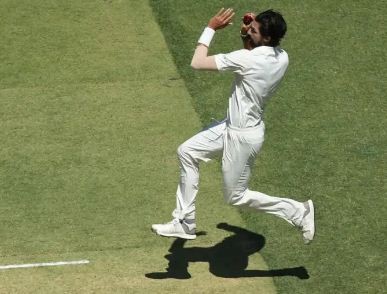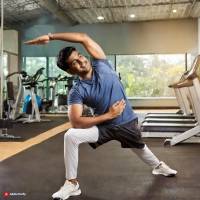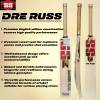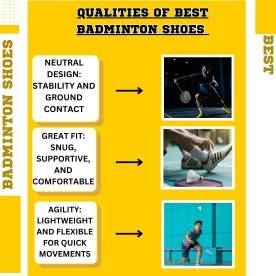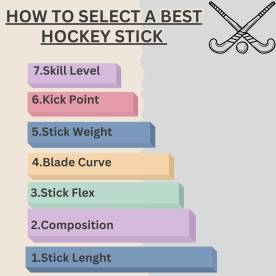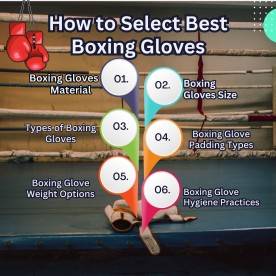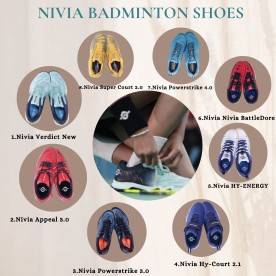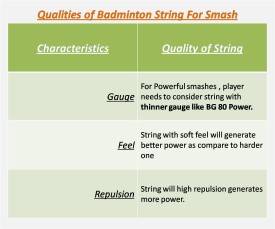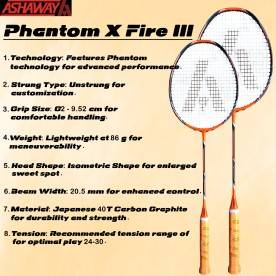Importance of exercise for making stinger core area:
As a cricketer, one must navigate a challenging journey, whether engaging in one-day cricket, T20 matches, or participating in eleven-test cricket. Achieving optimal performance demands exceptional strength, flexibility, and core stability. Maintaining peak fitness and superior endurance is crucial for cricket players to excel and prevent injuries. The discipline of fast bowling adds a unique rhythm, emphasising sprinting during run-ups while utilising the return as a designated rest period. This dynamic sets the groundwork for my carefully crafted ground training and agility routine, which includes meticulous monitoring of the time allocated to run-up sprints and subsequent returns.
Explore the extensive selection of cricket shoes available at khelmart.com
image courtesy (ESPN Info)
In the realm of cricket, especially for fast bowlers, the bedrock attributes of core, leg, and shoulder strength and endurance take precedence. Power training is an overarching commitment, reliant on a resilient physical base. In the domain of One Day matches, essential strength assumes utmost significance, involving tasks such as lifting significant weights and undertaking extensive running. The strategy adapts to cater to the distinctive needs of each bowler.
Similar to their cricket peers, fast bowlers, in general, follow a specialized training routine focused on enhancing efficiency, perfecting biomechanics, and minimising the risk of injuries. Inspired by the authoritative guidance of Ian Pont in 'The Fast Bowler's Bible,' cricketers typically incorporate a comprehensive array of components into their training regimen, extending beyond routine net practice sessions:
Strength and Conditioning:
A structured program focusing on overall physical strength and conditioning.
Plyometric and Explosive Training:
Specialised exercises to enhance explosive power and agility, crucial for fast bowlers.
Cardio Workouts:
Cardiovascular training to improve stamina and endurance on the field.
Active Recovery and Core Activation:
Incorporating activities such as Yoga, Pilates, and foam rolling for active recovery and core strength, essential for sustaining peak performance.
Now that we comprehend the significance of maintaining fitness for fast cricket bowlers, let's explore some key exercises to sustain it.
Planks: Planks, an essential exercise for fast bowlers of all ages, particularly benefit the lower back—the area prone to common injuries in young bowlers. This versatile exercise requires no specialised equipment and can be performed anywhere. Planking strengthens both the core and lower back, with reduced stress on the shoulders and pectoral girdle. Progressions, such as using a gym ball or incorporating single-leg variations, add challenge. Including side planks enhances overall fitness and core strength, promoting muscle balance.
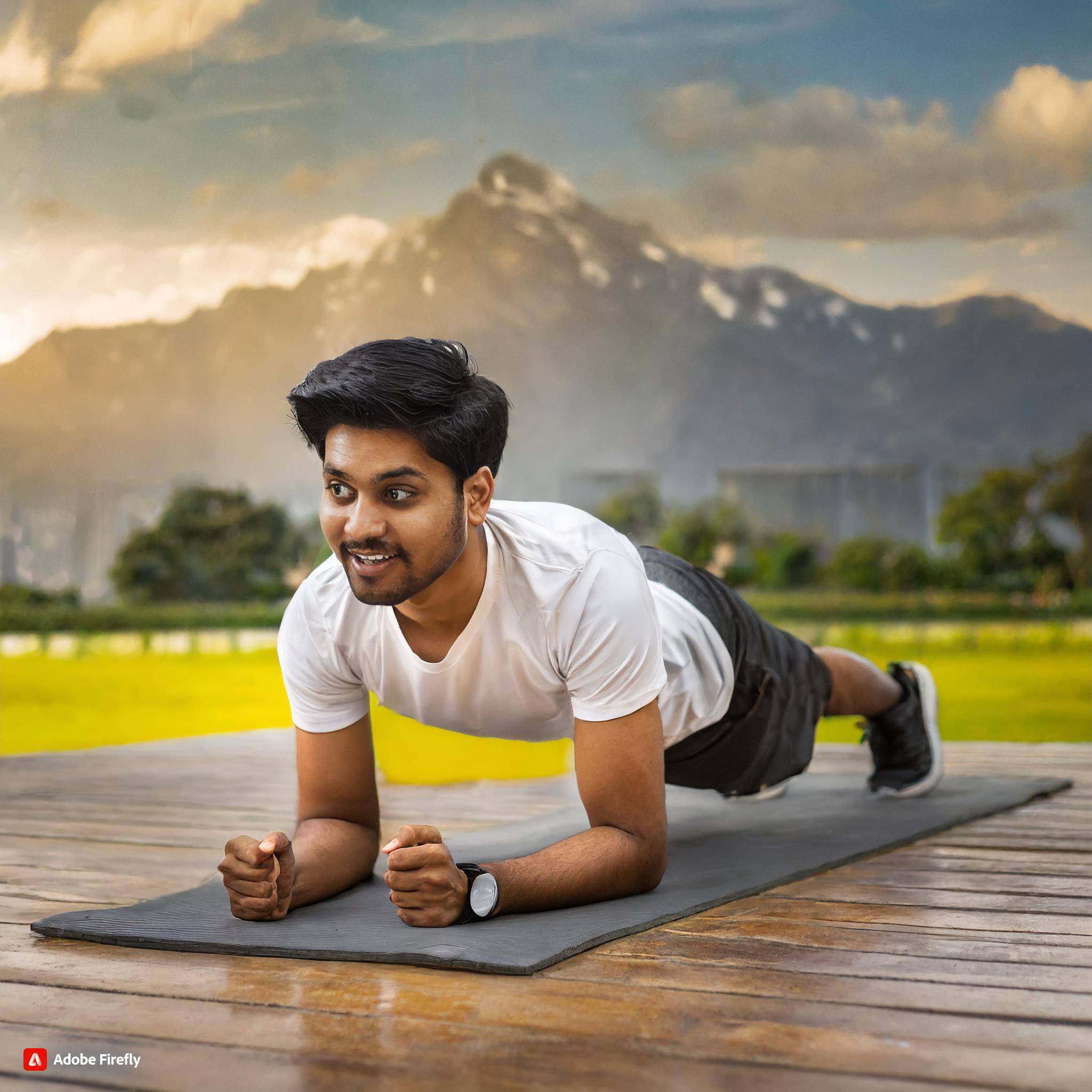
Squats: Vital for developing robust legs capable of withstanding mechanical stress, squats stand out as an excellent strength and conditioning exercise for fast bowlers. It's recommended to squat to an angle resembling the Back Foot Contact (BFC) position in your bowling action rather than a full squat.

Isometric Holds: In these exercises, muscles engage without body or joint movement. Isometric exercises play a crucial role in fast bowling by enhancing stability and facilitating the transfer of energy between different body parts. Maintaining specific positions or holding resistance in isometric exercises builds tension, contributing to overall strength and coordination.
Lunges: Executing lunges involves stepping forward with one leg, lowering the body until both knees form a 90-degree angle. This dynamic movement targets and strengthens key muscle groups, including the quadriceps, hamstrings, glutes, and calves. Lunges also enhance balance and stability.
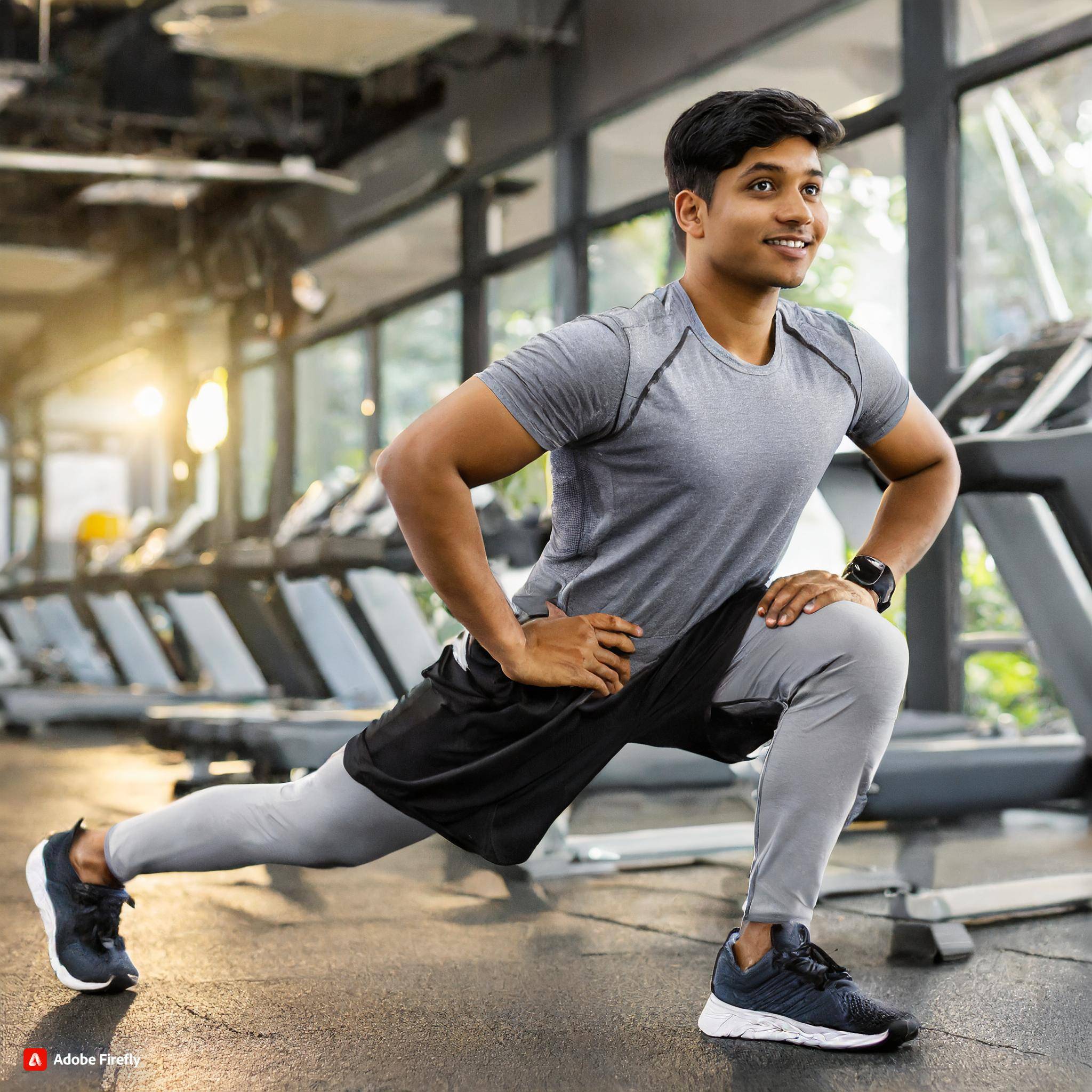
Back Strength Exercises: Designed to target the upper, middle, and lower back, these exercises contribute to improved posture, spine support, and overall back health. Examples include lat pulldowns, rows, deadlifts, and hyperextensions. Integrating a variety of back strength exercises into your fitness routine fosters a well-balanced and resilient back.
Conclusion:
As we bring our journey through the best exercises for fast cricket bowlers to a close, it's evident that the path to becoming a pace sensation is paved with dedication, precision, and strategic fitness. Armed with a carefully curated arsenal of strength training, agility drills, and expert techniques, you now possess the tools to transform your bowling game.
Remember, success in fast bowling is not just about raw speed; it's about harnessing that power with control and finesse. Our guide has equipped you with the knowledge to strike the perfect balance, ensuring that each delivery becomes a force to be reckoned with.
So, whether you're gearing up for a professional career or simply seeking to dominate your local cricket scene, embrace the journey of improvement. Consistency in your training, a commitment to refining your techniques, and a passion for the game will set you apart as a fast cricket bowler.
As you step onto the pitch, carry with you the confidence gained from your newfound strength and agility. Let every delivery be a testament to your dedication and a challenge for batsmen to face. The world of cricket awaits your rise, and with the best exercises at your disposal, you're primed to leave an indelible mark.
Bowling at extraordinary speeds is not just a skill; it's an art form. As you continue honing your craft, always remember that the pursuit of excellence is a journey, not a destination. Embrace the process, revel in the progress, and watch as your fast bowling prowess takes center stage. The cricketing world is ready for your extraordinary performance—go out there and bowl them over

